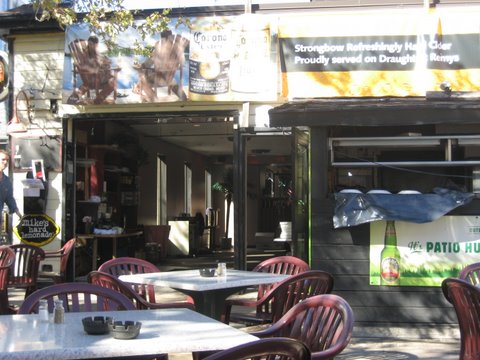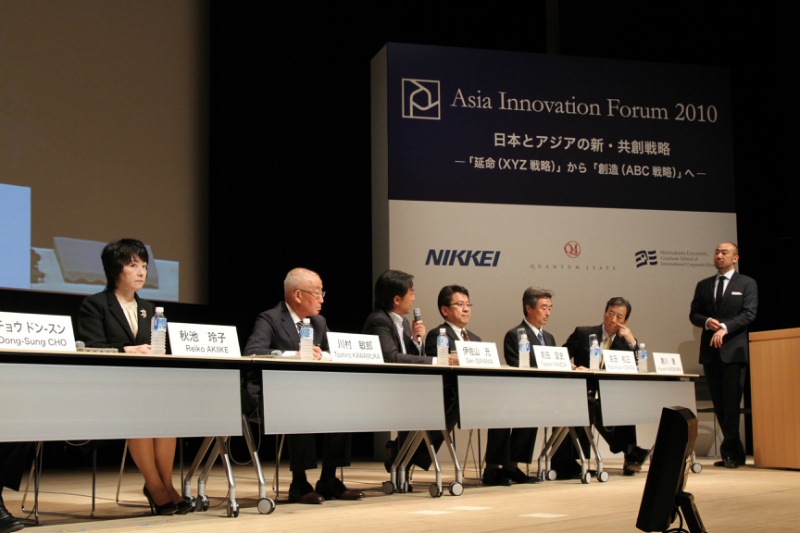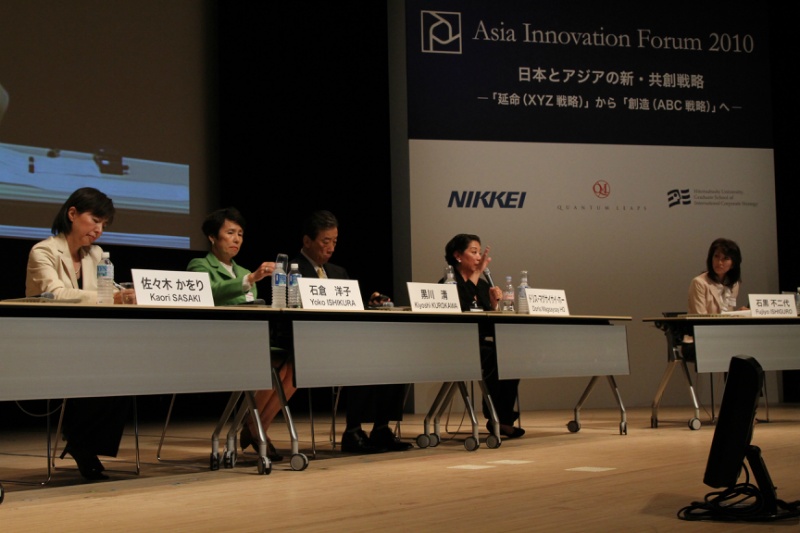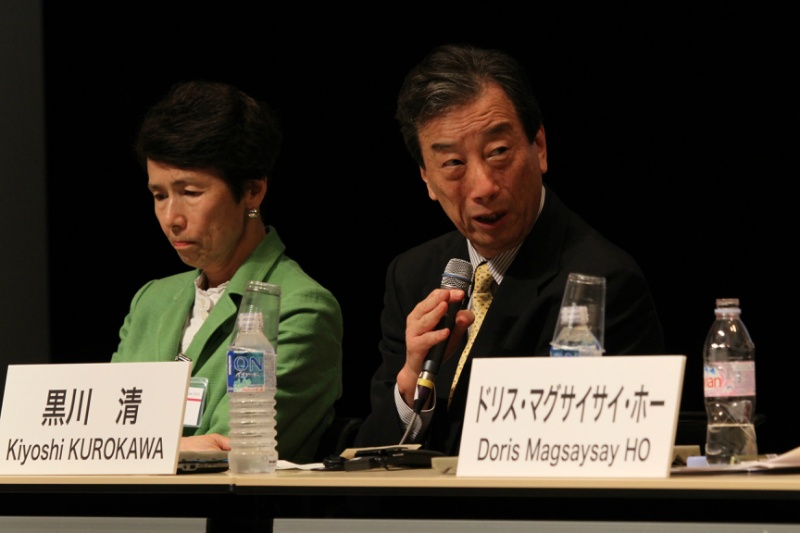I posted in my twitter from Toronto that ‘I will be leaving for Seattle.’ Two Japanese students (one of them is a graduate student) currently studying at the University of Washington in Seattle sent me responses via twitter. I replied on the spot and we arranged to meet in two days.
On the evening of 10th, the day of my arrival at Seattle, we had a dinner at The Edgewater Hotel (top photo) where I stayed. One more student joined and four of us had a good time together.
Two of the students were juniors at class of undergdates. They took leave of absence from Japanese university and are studying here from this September. Since their home university will not admit credits earned at University of Washington, they decided to take leave of absence. However, I am sure that they are having opportunities to study many things, and moreover, will be able to acquire broader perspectives, to see Japan and themselves in the global framework. They will also build networks of friends from all over the world. All of those things are very valuable for their future careers.
One other student, a graduate school student, is doing research for one year. She said that she enjoys being here very much. She also feels that things are very different compared to Japan. That reminded me of a student I saw at Harvard University this January, who was a Post-doctoral fellow, saying that ‘So far, in the not so many years I have lived, having earned Ph.D. in Japan is the only thing that I regret.’ I think this young doctor was able to feel that way because he was in a US leading university research environment where MDs and PhDs from variety of universities gathered as Post-docs; the ‘Place’ for ‘open competition with many MD and PhD peers from different insitutions’. ‘A frog in a well does not know the great sea’ – just as the proverb goes. I expect a lot from you, all professors and teachers of Japan. ‘Students are Mirrors that Reflect Their Teachers’ – your ability as a mentor/educator/researcher is judged by the PhDs you have supervised.
By the way, I hear many comments worrying about Japanese youths not going abroad, but we should also be aware of the fact that the number of researchers going abroad is also sharply declining. (in Japanese) This is horrible. Do professor want to keep their students under his/her supervision as subordinates? The two Japanese Nobel laureates of this year also have overseas training as their backgrounds, I understand. One of them built his career in the U.S. Professors of Japanese Universities, I urge you to encourage youths to mix with other students or researchers for training and competitions as samurais did. ‘If you love your child, let him/her travel (kawaii ko ni wa tabi wo sasero)’, ‘speech by Steve Jobs of Apple’…their points are all the same.
The three students seemed to be enjoying their leave of absence from school in Japan. It may be a rare but a great opportunity to find your ‘self’.










